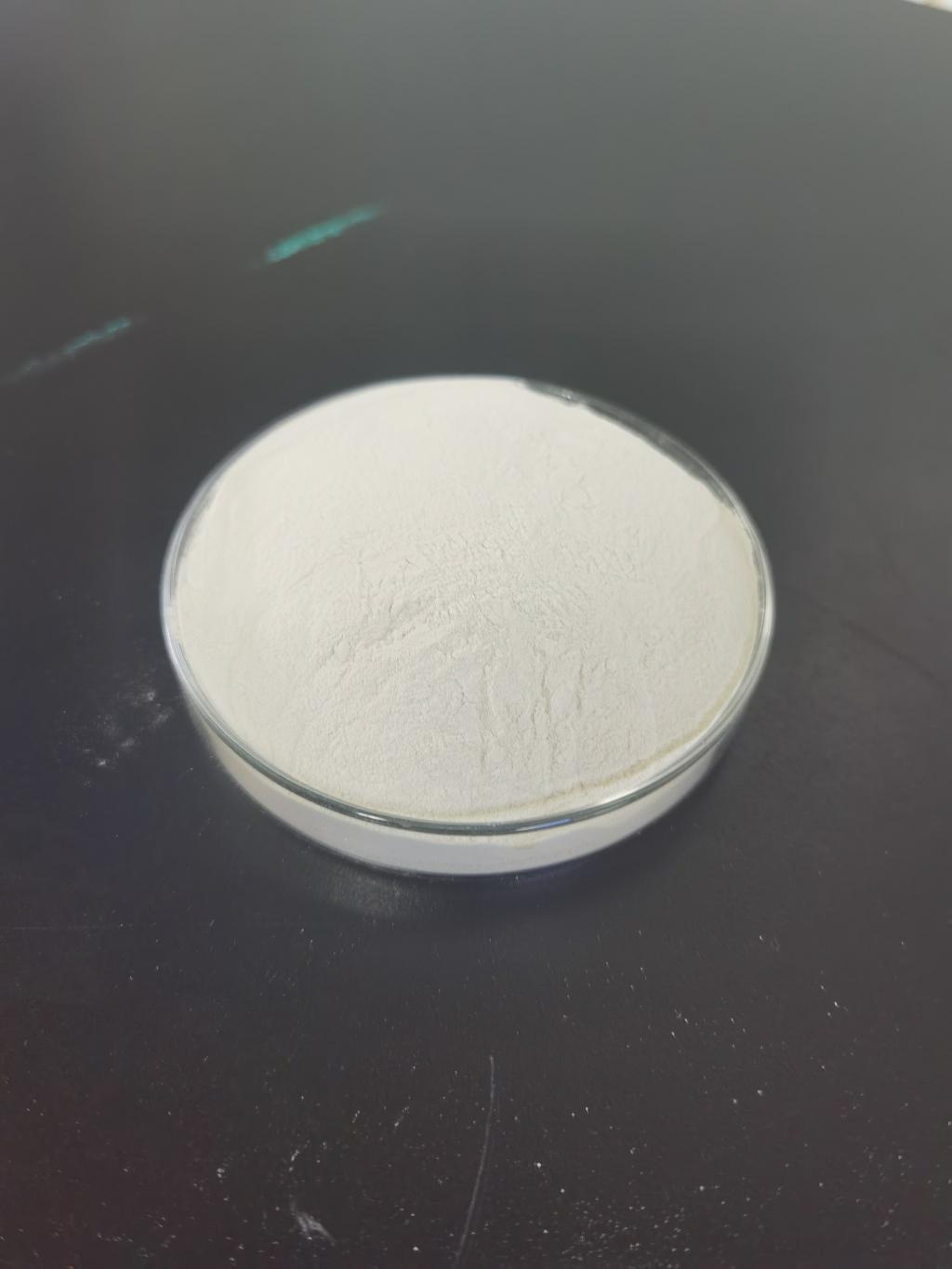Tel:+8618231198596

News
 CONTACT
CONTACT
 CONTACT
CONTACT
- Linkman:Linda Yao
- Tel: +8618231198596
- Email:linda.yao@dcpharma.cn
- Linkman:CHARLES.WANG
- Department:Overseas
- Tel: 0086 0311-85537378 0086 0311-85539701
News
Current Position:
Home >
News
>Nisin Integration into School Nutrition Programs: A Healthier Future for Students
Nisin Integration into School Nutrition Programs: A Healthier Future for Students
TIME:2024-03-14
Importance of School Nutrition Programs:
School nutrition programs serve as essential components of efforts to improve children's health and well-being by:
a. Providing Balanced Meals: These programs ensure that students have access to nutritious meals that meet dietary guidelines and promote optimal growth and development.
b. Addressing Food Insecurity: For many children, school meals represent a crucial source of nutrition, particularly for those from low-income families facing food insecurity.
c. Educating about Healthy Eating: School nutrition programs offer opportunities to educate students about the importance of making healthy food choices and maintaining balanced diets.
Challenges in School Nutrition:
Despite their importance, school nutrition programs face various challenges, including:
a. Limited Resources: Budget constraints and logistical challenges may hinder schools' ability to provide high-quality, nutritious meals to students.
b. Food Safety Concerns: Ensuring food safety in school cafeterias is paramount to prevent foodborne illnesses and protect students' health.
c. Acceptance of Healthy Foods: Encouraging students to choose nutritious options over processed or unhealthy foods can be challenging, especially when faced with limited choices or peer influences.
Introduction to Nisin:
Nisin is a naturally occurring antimicrobial peptide produced by the bacterium Lactococcus lactis. It has been widely used as a food preservative due to its ability to inhibit the growth of harmful bacteria, fungi, and spores. Nisin is considered safe for human consumption and has been approved for use in food products by regulatory agencies worldwide.
Benefits of Nisin in School Nutrition Programs:
Integrating nisin into school nutrition programs offers several potential benefits:
a. Enhanced Food Safety: Nisin effectively controls microbial contamination in school meals, reducing the risk of foodborne illnesses and ensuring the safety of students.
b. Extended Shelf Life: Treating school meals with nisin-based solutions or coatings can prolong their shelf life, allowing for better inventory management and reduced food waste.
c. Clean Labeling: Nisin's natural origin aligns with the growing demand for clean-label food products, providing parents and students with reassurance about the safety and quality of school meals.
d. Support for Healthy Eating: By improving food safety and extending shelf life, nisin enables schools to offer a greater variety of fresh, nutritious options, promoting healthier eating habits among students.
Implementation Strategies:
Incorporating nisin into school nutrition programs requires careful planning and coordination:
a. Menu Planning: Schools can work with nutritionists and food service professionals to develop menus that incorporate nisin-treated foods, such as fruits, vegetables, dairy products, and baked goods.
b. Staff Training: Providing training for cafeteria staff on the proper handling, storage, and application of nisin-based products to ensure compliance with food safety protocols.
c. Collaboration with Suppliers: Schools can collaborate with food suppliers to source nisin-treated ingredients and products or explore opportunities for on-site nisin application.
d. Communication with Parents and Students: Transparent communication about the use of nisin in school meals, along with educational initiatives highlighting its benefits for food safety and nutrition.
Regulatory Considerations and Consumer Acceptance:
Schools must ensure compliance with regulatory requirements governing the use of nisin in food products, including obtaining approval from relevant authorities and maintaining records of its usage. Additionally, clear communication with parents and students about the safety and benefits of nisin can help foster acceptance and support for its integration into school nutrition programs.
Future Directions and Challenges:
As schools continue to prioritize nutrition and food safety, the role of nisin in school nutrition programs is likely to expand. However, challenges such as cost, accessibility, and implementation barriers may need to be addressed to facilitate widespread adoption. Continued research, collaboration, and advocacy efforts will be essential to overcome these challenges and maximize the potential of nisin in promoting a healthier future for students.
Conclusion:
Nisin offers a promising solution for enhancing food safety and nutritional quality in school nutrition programs, ultimately contributing to the well-being of students. By integrating nisin-treated foods into school meals and communicating its benefits to parents and students, schools can support healthy eating habits and create environments conducive to academic success and lifelong wellness. Moving forward, continued efforts to overcome implementation challenges and promote awareness of nisin's potential will be crucial for realizing its full impact on school nutrition and student health.
- Tel:+8618231198596
- Whatsapp:18231198596
- Chat With Skype







